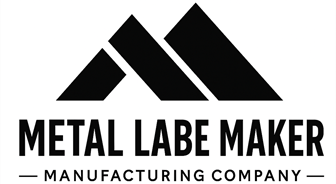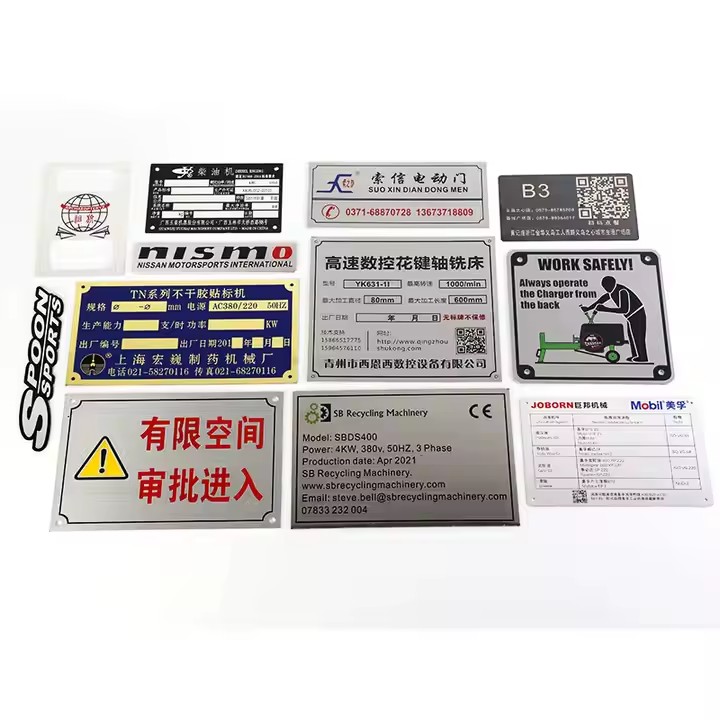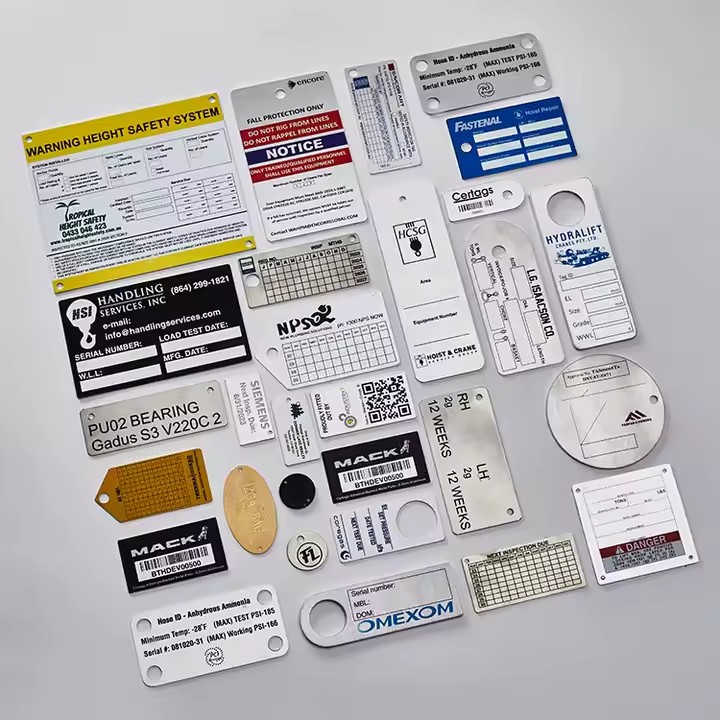Types and Performance Comparison of Stainless Steel Label Materials
Stainless steel labels are widely used for their durability and corrosion resistance, but not all stainless steel materials are the same. Different grades of stainless steel offer varying properties that affect label performance, longevity, and suitability for specific environments. Understanding these differences can help manufacturers, wholesalers, and buyers select the best material for their labeling needs.
Common Types of Stainless Steel Used for Labels
-
304 Stainless Steel
304 stainless steel is the most commonly used stainless steel grade for labels due to its excellent corrosion resistance and good mechanical properties. It is an austenitic stainless steel with high chromium and nickel content, making it suitable for most indoor and outdoor applications. -
316 Stainless Steel
316 stainless steel contains molybdenum in addition to chromium and nickel, enhancing its corrosion resistance, especially against chlorides and marine environments. This grade is ideal for harsh conditions such as saltwater exposure, chemical plants, or coastal areas. -
430 Stainless Steel
430 stainless steel is a ferritic grade with lower corrosion resistance compared to 304 and 316. It is more affordable and often used for indoor applications where corrosion exposure is minimal. However, it may rust faster in harsh environments.
Performance Comparison
| Feature | 304 Stainless Steel | 316 Stainless Steel | 430 Stainless Steel |
|---|---|---|---|
| Corrosion Resistance | Excellent | Superior (especially marine) | Moderate |
| Resistance to Heat | Good (up to ~870°C) | Very Good (up to ~925°C) | Moderate |
| Strength | High | High | Moderate |
| Cost | Moderate | Higher | Low |
| Magnetic Properties | Non-magnetic | Non-magnetic | Magnetic |
| Typical Applications | Industrial, signage, electronics | Marine, chemical, medical | Indoor signage, decorative |
Factors to Consider When Choosing Stainless Steel Label Materials
-
Environment Exposure: If your labels will be exposed to saltwater, chemicals, or extreme weather, 316 stainless steel is usually the best choice.
-
Budget Constraints: 430 stainless steel offers a cost-effective solution for less demanding environments.
-
Mechanical Requirements: For applications requiring high strength and durability, 304 and 316 grades perform better.
-
Magnetic Properties: If magnetism is a concern in your application, 304 and 316 are preferred as they are typically non-magnetic.
Conclusion
Selecting the right stainless steel material for your labels is crucial to ensure durability, legibility, and long-term performance. By understanding the key differences between 304, 316, and 430 stainless steel grades, you can make informed decisions that match your application requirements and budget.







